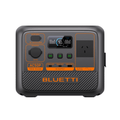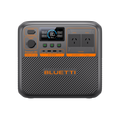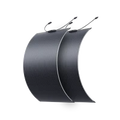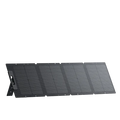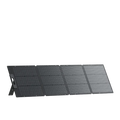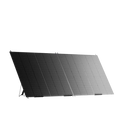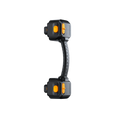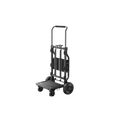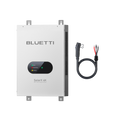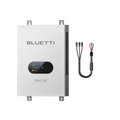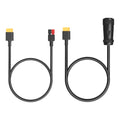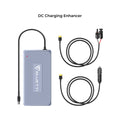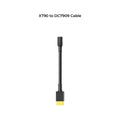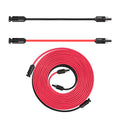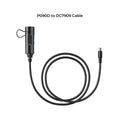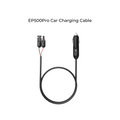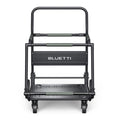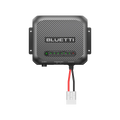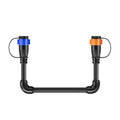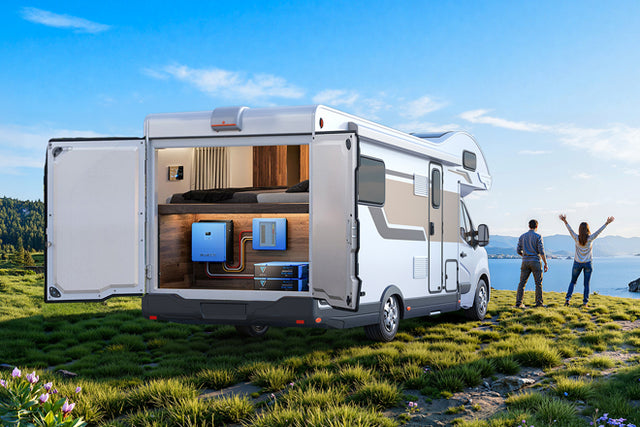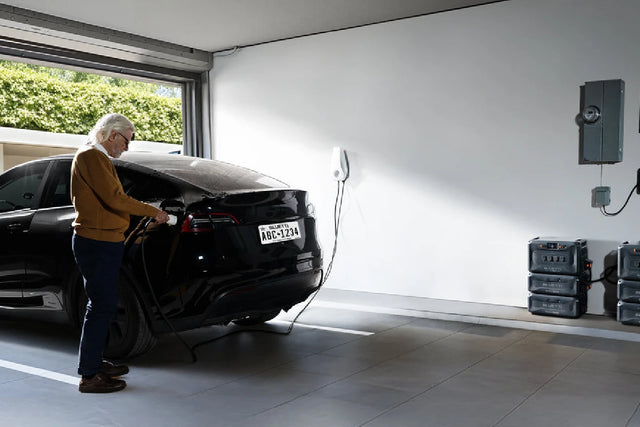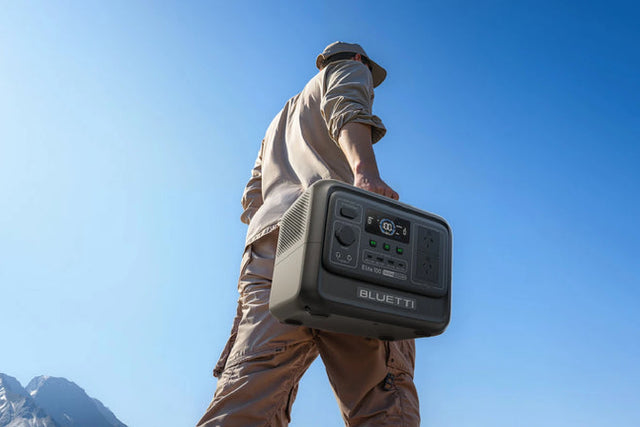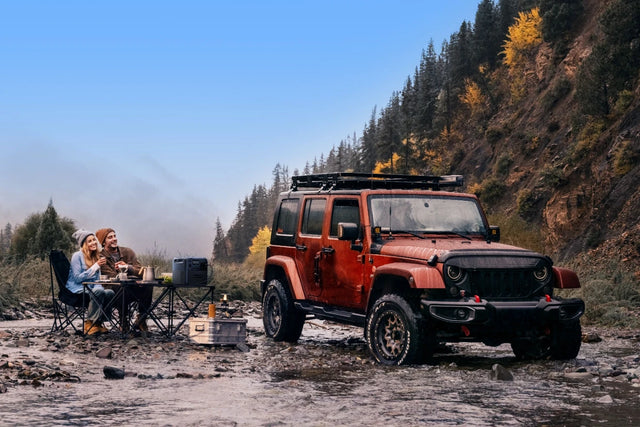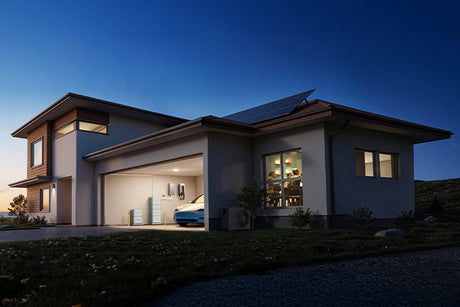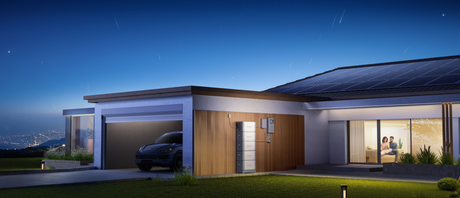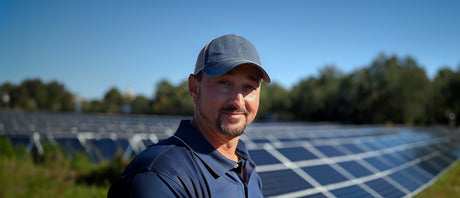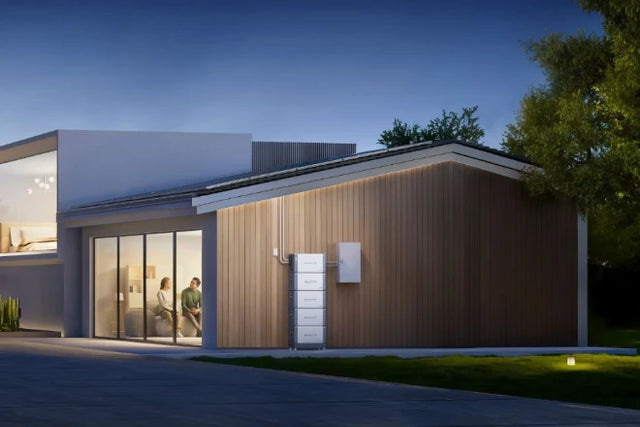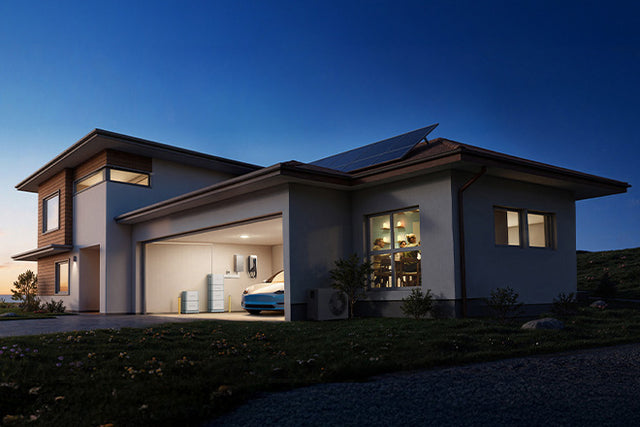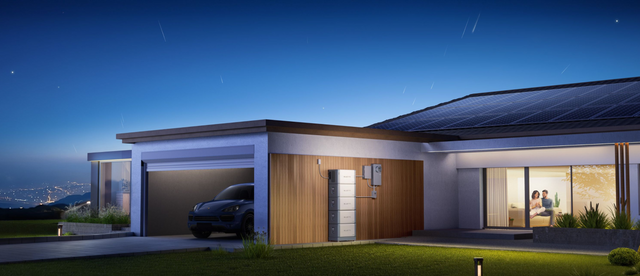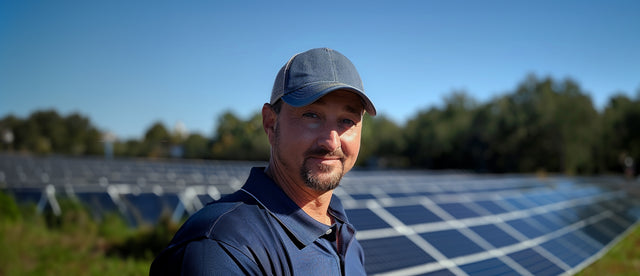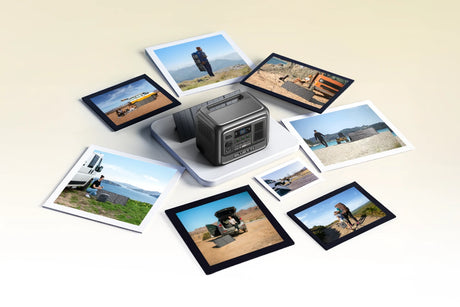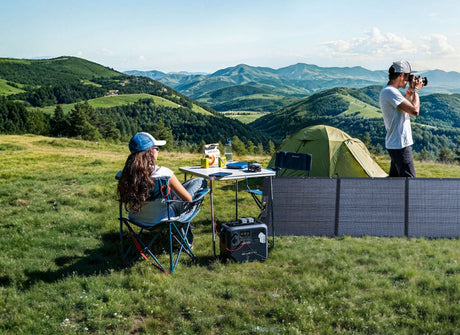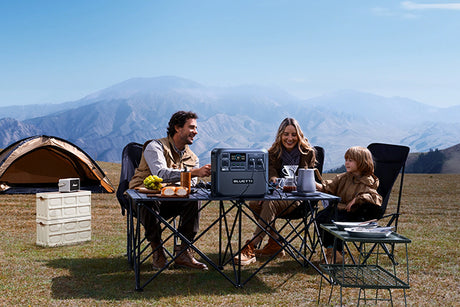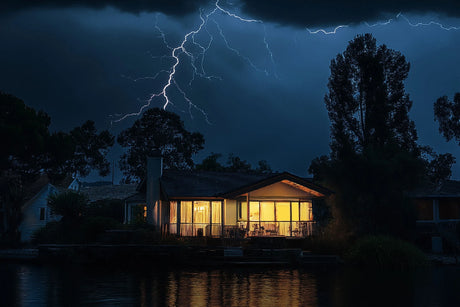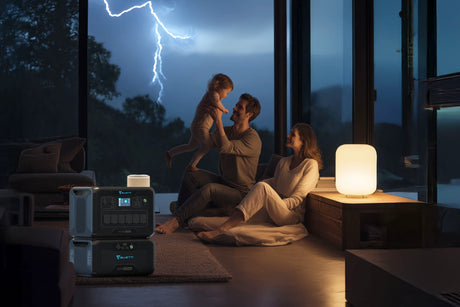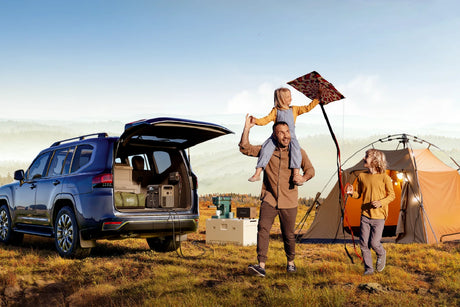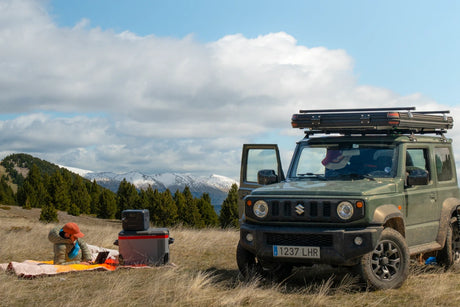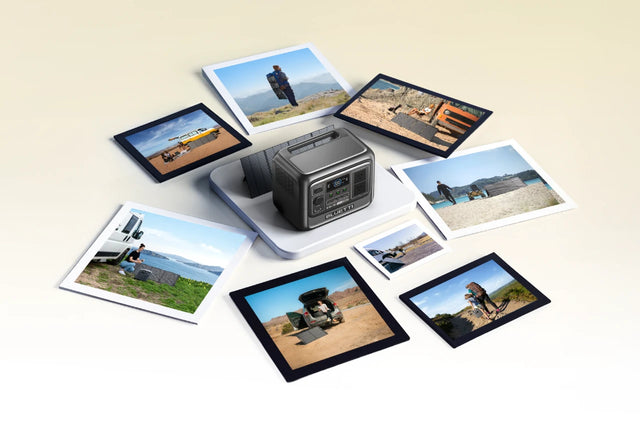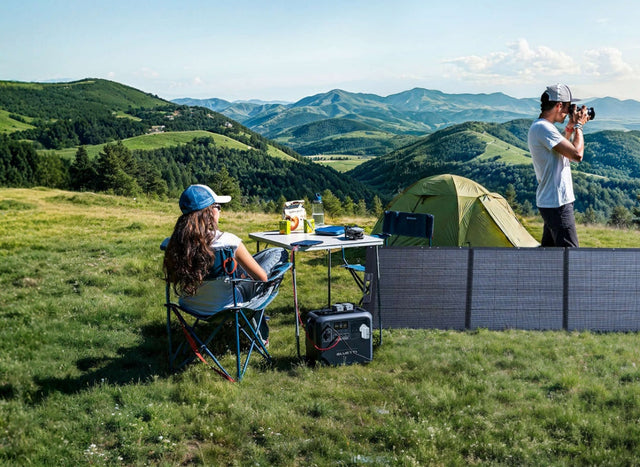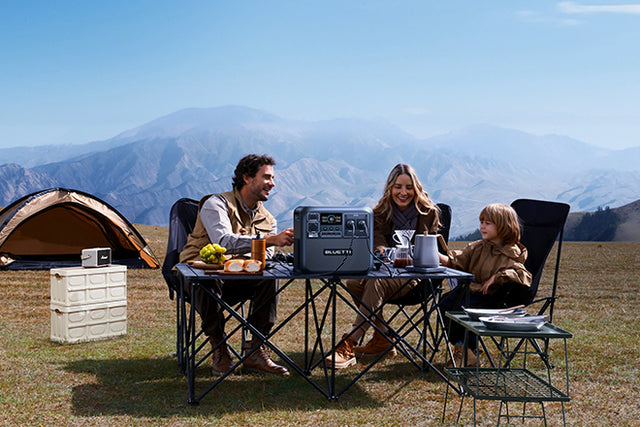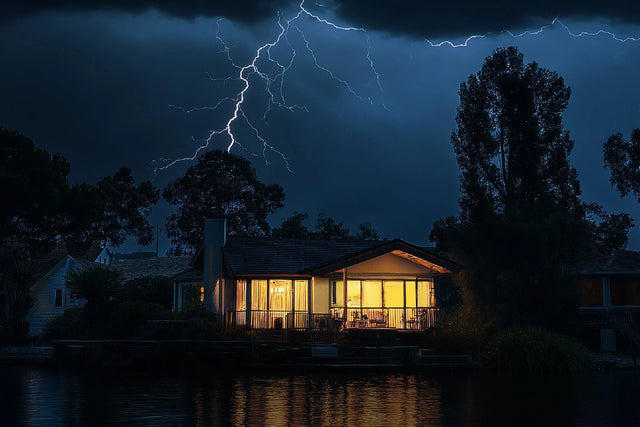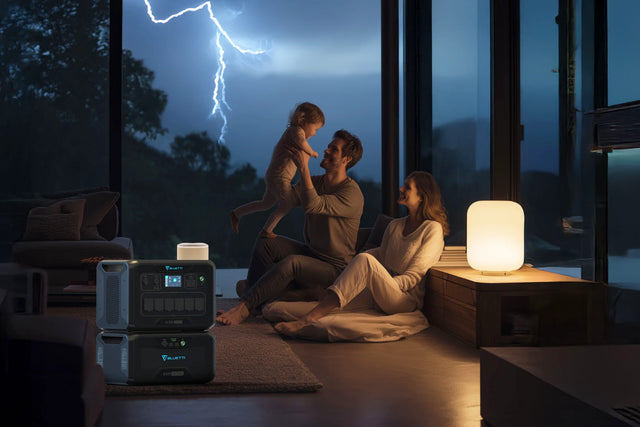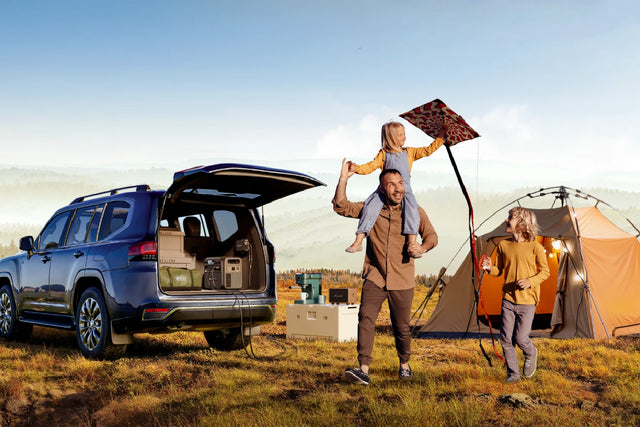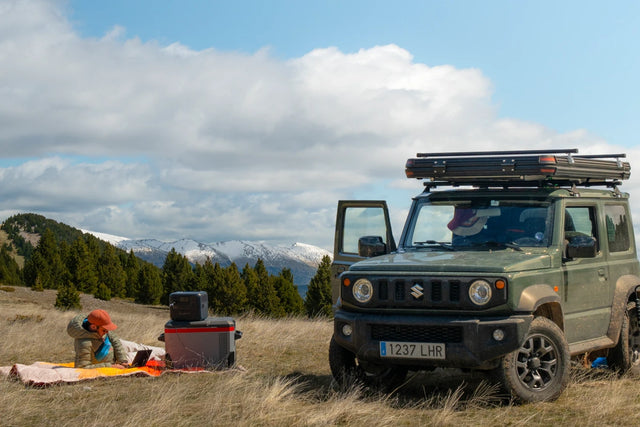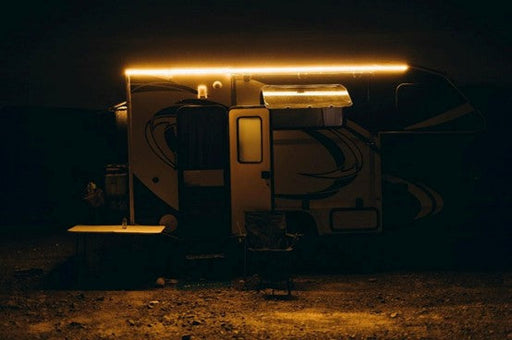Extreme weather is increasingly becoming the norm in parts of Australia, placing lives at risk and putting severe pressure on the energy grid in many states, particularly SA, VIC and NSW. The electrical infrastructure is at risk from heatwaves and bushfires and storms and floods that can damage critical parts and knock entire supplies offline, leading to blackouts in urban and rural areas that can last hours or even days. Around 200,000 households and businesses were left without power for up to a week in 2015 due to storms in the Sydney area and further north.
When energy grids are not under strain due to natural events and disasters, they are pushed to the limit during the hot summer months as people seek relief from ever-increasing temperatures by using air conditioning. A common problem during these months is grid instability and subsequent deliberate power cuts known as load shedding that are necessary to manage high demand for power.
All of this can leave Australians in the dark for long stretches and put not only their comfort but their survival at stake. Household appliances like refrigerators no longer work and so food quickly goes off. There's nothing to power the lights at night, TVs for entertainment or, critically, medical devices that need a constant supply of electricity. Those working from home will no longer be able to do so, as their laptops and Wi-Fi connections don't work, and life and work grinds to a halt.
It's not surprising, therefore, that a growing number of Australians are taking matters into their own hands when power cuts strike and keeping essential equipment, appliances and gear running with their own backup power plants.
Understanding Generator Capacity (10kW in Real Terms)
For many Australians thinking about getting a generator and wondering where to start, a 10kW is a solid option. If you're asking yourself, "Will a 10kW generator run a house?" the answer may be yes, but it depends on what you need it for and what you're planning to run.
First we need to understand what 10kWs actually means. Basically, it's 10,000 watts of electricity supply, and as you may know, different appliances, equipment and devices have different power requirements. That means you need to factor in what you want to use, add it up and see if the generator you're considering is up to the task–will it give you enough power when the electricity goes out to do what you want? For the average Australian household running basic appliances like refrigerators and lighting, as well as some larger appliances, a 10kW generator is sufficient to keep you going.

There are several things you need to keep in mind with a 10kW generator, however, especially running and starting watts. The latter is what you need to get appliances and devices working–a boost of power to start them up, followed by a continuous, lower stream of power to keep them operational. So your fridge might need 600W to jump to life but just 150W to run. When the electricity grid goes down and you start up your generator, you may need to stagger using appliances so that they don't overload the generator with their initial higher power requirements.
Also keep in mind the kind of power used around Australia. Most households use single-phase power, particularly in suburban homes in NSW, VIC, QLD and others. But bigger households, especially in rural areas, typically have three-phase power, and a 10kW single-phase generator may not be enough to run essential appliances and gear.
What Can a 10kW Generator Power in an Average Australian Home?
Let's take a more detailed look at what a 10kW generator can run in a typical Australian household. This is a general guide for essential appliances you might want to run at the same time when there's a power cut:
- Refrigerator (500-800W start-up, 150-600W running)
- LED lights (50-300W depending on how many)
- Internet, Wi-Fi router, phone chargers, laptops (50-200W)
- TV (100–300W)
Add the items' power requirements up and you get between 1,000 and 2,000 watts, including start-up power. That's well below the output of a 10kW generator and gives you lots of extra power to run more appliances and devices.
You may also want to operate larger appliances, such as a:
- Split-system air conditioner: 1,500-3,500W depending on size and brand.
- Electric oven: 2,000-5,000W – note that heating elements demand high, sustained load.
- Electric hot water system: 3,000-4,500W
- Pool pump: 750-2,000W
If you plan to run some of these in addition to the essential appliances mentioned earlier, it's advisable to stagger their use so their initial power requirements don't overwhelm the generator.
For Australians looking to get the most out of their 10kW generators when there's an electricity supply problem, you may be able to also use equipment and appliances with heavier power needs, including:
- Ducted reverse-cycle air conditioning (5,000–8,000W or more depending on size)
- Induction cooktops (3,000W and above)
- Electric space heaters (1,000-2,400W each)
- Electric hot water (3,000-6,000W depending on system)
- Electric clothes dryer (2,200-2,500W for most Australian models)
Combined, some or all of these will put a heavy burden on a 10kW generator, and so it's not advisable to operate them together.

Can a 10kW Generator Run a Whole House? (Depends on Your Setup)
Homes come in all shapes and sizes, and almost no two are exactly the same -- even if they're structurally similar -- as their uses and power requirements often vary widely. So will a 10kW generator run a house? It depends -- including the number of appliances you want to run or whether your household is partly powered by gas or fully electric.
Let's look at three situations in the home and related power use, to give you a better idea.
Scenario 1: Gas Cooking & Heating, Only Essential Power – YES
- This set-up is typically in older Aussie homes, as well as newer ones that are more energy-efficient.
- There is less reliance on the electrical grid because cookers and heating systems are powered by LPG or natural gas.
- It means only essential appliances like the fridge, lighting, laptops and Wi-Fi, and possibly fans or a small AC unit too, require electrical power.
You can expect this scenario to use between 2,000 and 4,000W, which is well within the capacity of a 10kW, so you could use more appliances and equipment as well.
Scenario 2: Large Home with Multiple AC Units – MAYBE (If Load Managed)
- Common in larger homes where there are two or more split AC system units, water heating, electric cooker and possibly a dishwasher.
- Usage might be AC (2,500W), fridge (600W), lighting and electronics (500W) and alternating heavier appliances like oven (3,500W) or dishwasher (1,500W).
This would need around 6,000-8,000W, reaching the upper limit of a 10kW generator.
Scenario 3: Full-Electric Home – LIKELY NO (Unless Load is Controlled)
- Using multiple heavy electric appliances simultaneously like ovens, induction cooktops, water heating, dryers, heaters or ducted AC.
- Total power requirements around 12,000-15,000W.
This situation is clearly not suitable for a 10kW generator unless appliances are rotated carefully.
Recommended High-Capacity Solution: BLUETTI 2×AC500 + 2×B300K
For robust continuous power, the BLUETTI 2×AC500 + 2×B300K configuration is ideal:
- Continuous power output up to 10,000W and surge power up to 20,000W.
- Total battery capacity of 5,529.6Wh with further expansion capability.
- Support for heavy-duty appliances and essential systems in fully electric homes.
- Expandable battery modules (up to 6 per AC500 unit).
This setup gives homeowners stable, ample, scalable power solutions that truly meet their energy demands.
Managing Power Load to Make 10kW Work for Your Home
Using many or all of your appliances and equipment at the same time is not always the best idea in the modern Aussie household. Managing the load is preferable, even if you have a 10kW generator and you're not using it to capacity. It helps prevent overloading the generator, ensures efficiency and prolongs its life.
There are a number of ways you can manage your power load, such as:
- Using a manual switch or load-shedding device: A manual transfer switch connects the generator safely to your home's electricity supply and allows selective control over powered circuits. Alternatively, opt for an automatic load-shedding system that limits power automatically during high demand.
- Staggering appliance usage: Rather than using multiple heavy appliances simultaneously, stagger their use throughout the day. For example, turn off air conditioning when you start the oven. Schedule clothes drying and water heating at separate times.
- Buying energy-efficient appliances: Newer energy-efficient fridge, air-conditioner and LED lighting models use significantly less power, reducing load demands during a power outage.
- Using an app-controlled monitoring system: Devices like the BLUETTI AC500 power station allow easy real-time monitoring of your power consumption via smartphone apps, helping inform your decisions during an outage.
Fuel Considerations: Can You Run It Long Enough?
The biggest question during a power outage is how long your 10kW generator can run. It largely depends on fuel type, which includes unleaded petrol, diesel, or LPG.
A significant challenge with fuel generators is ensuring continual fuel supply. Running out of fuel means losing your backup power. Additionally, fuel generators emit fumes and often generate substantial noise, potentially disturbing both your household and neighbors.
In contrast, solar-powered battery generators like the BLUETTI AC500 avoid these concerns. They generate electricity quietly, produce no fumes, and require no fuel supply. Importantly, you should never operate fuel-based generators indoors due to toxic emissions.
Installation and Safety: What You Need to Know
If considering a 10kW generator as backup power, installing and operating it safely according to Australian safety and local regulations is crucial.
Generator types commonly include portable and standby units:
- Standby generators are permanently installed outdoors, start automatically during power outages, typically run on diesel or LPG, operate quietly, and suit long-term outages.
- Portable generators are movable, typically petrol-powered, must be manually started and connected, and are not ideal for prolonged outages.
- Portable models typically run between 5-8kW, while standby units are generally above 10kW, making the 10kW capacity generator well-suited for many Australian homeowners.
Where to Place Your Generator
In Australia, safety standards concerning backup generators generally require:
- Outdoor operation only (due to emissions).
- A minimum distance of 3-6 meters from doors and windows, on a flat and sheltered surface.
- Placement away from bushfire-prone areas.
DIY vs Professional Installation
Professional installation of generators (particularly diesel or LPG models) ensures compliance with Australian standards and local regulations regarding safe wiring, ventilation, and emissions.
Installation costs vary across Australia. Typical costs include:
- $800-$1,500 for installing a manual transfer switch.
- Between $2,500-$6,000 or more for professional installation of a permanent standby generator.
Alternatively, solar-powered battery backups like BLUETTI AC500 systems require no extensive installation costs and sidestep safety concerns such as emissions, ventilation, and noise. During outages, these systems provide reliable power seamlessly and quietly.
When the grid goes down during severe weather or other issues, having reliable and hassle-free backup power allows you to continue living comfortably and safely, no matter what's happening outside.


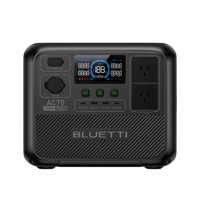
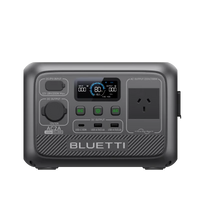


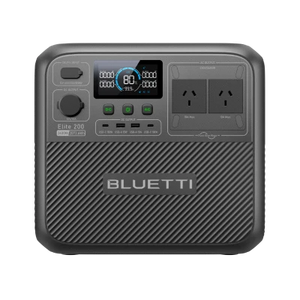
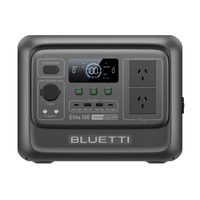
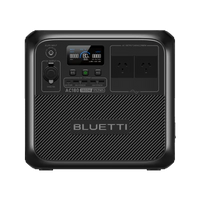
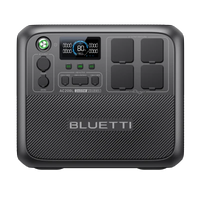
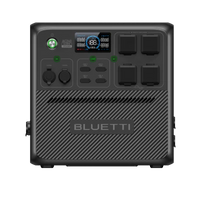
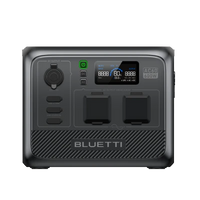
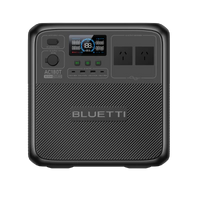


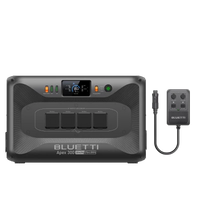

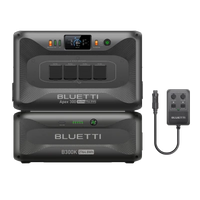
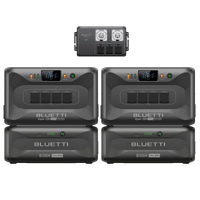
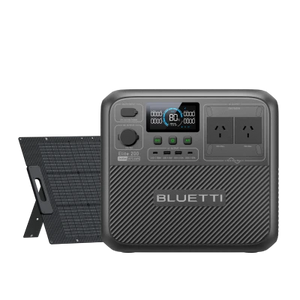
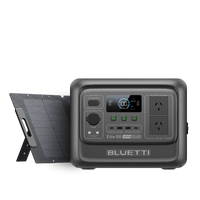
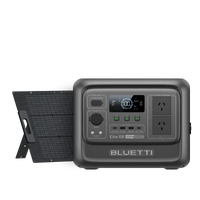
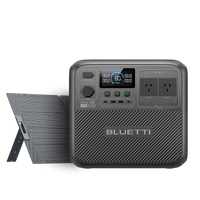
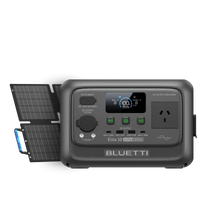
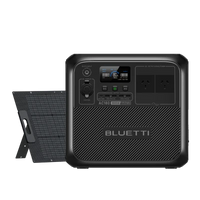
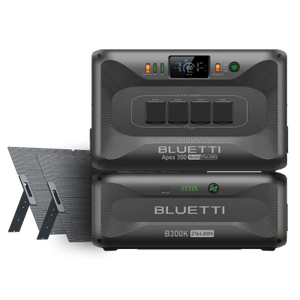
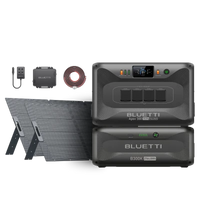
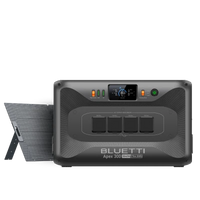
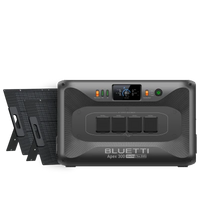
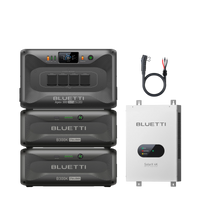

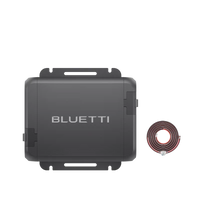
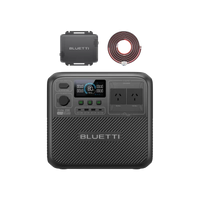
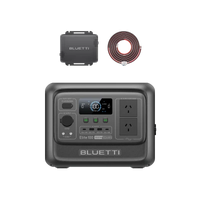
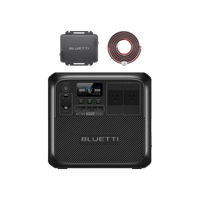
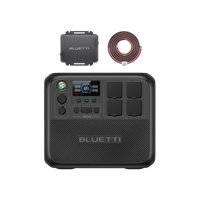
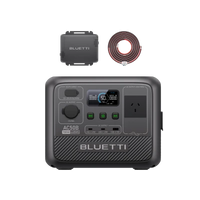
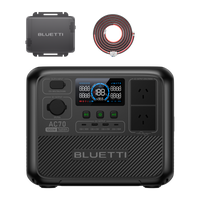




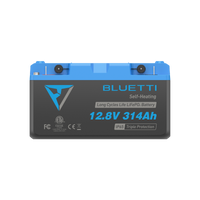






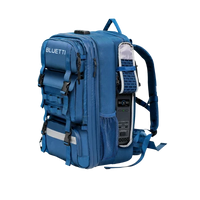
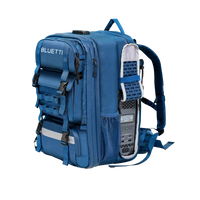

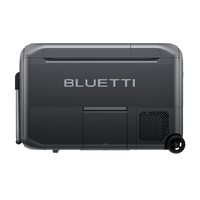
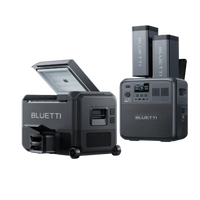
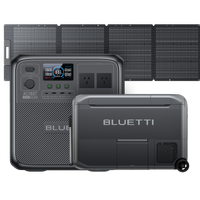
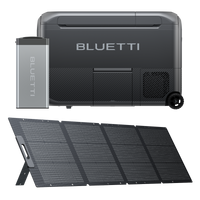
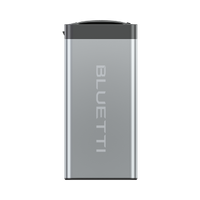
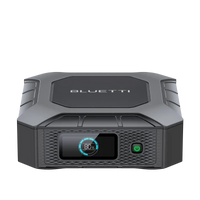
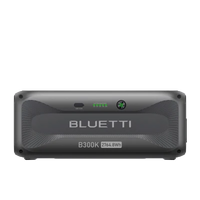

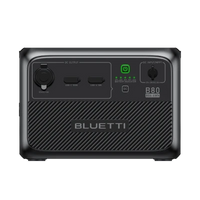
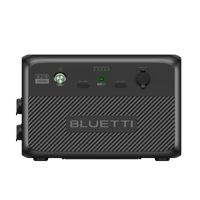

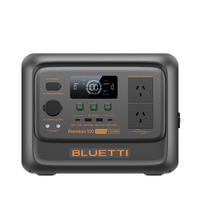
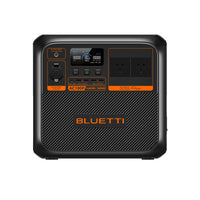

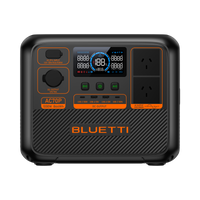
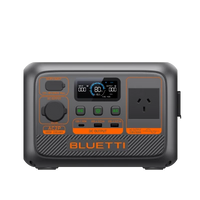
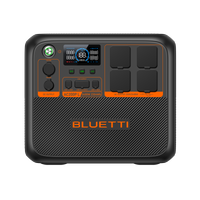
![[Phased Out] BLUETTI B80P Expansion Battery | 806Wh](http://www.bluettipower.com.au/cdn/shop/files/202310025B80P_2000-2000px_4_4caa0c1c-4dab-4272-9e9b-2b7507e5bd81.jpg?v=1713777870&width=200)
![[Phased Out] BLUETTI B210P Expansion Battery | 2,150Wh](http://www.bluettipower.com.au/cdn/shop/files/2_08cf9ef3-03a4-4489-b641-d3edb8094896.webp?v=1716016566&width=200)

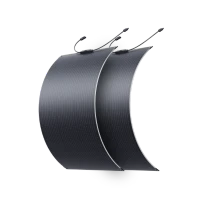
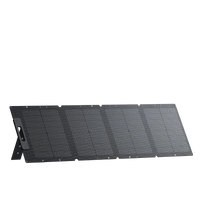
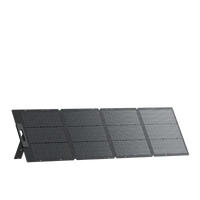
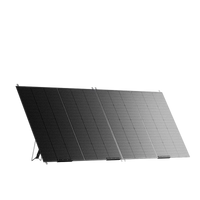





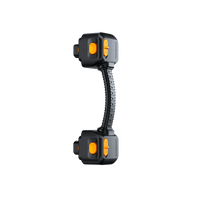
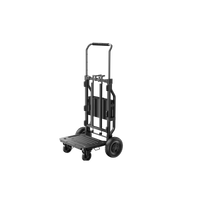
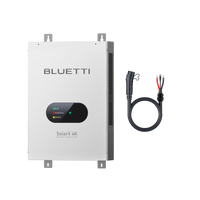

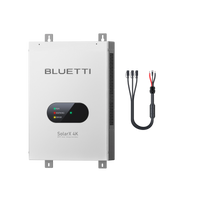
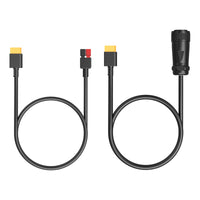
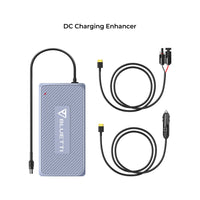
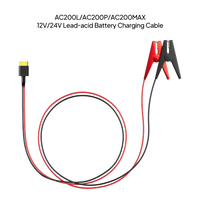
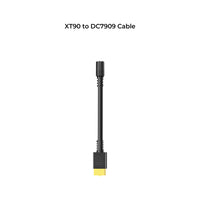
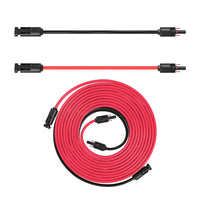
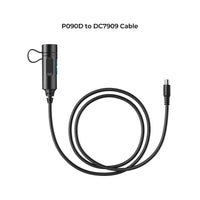
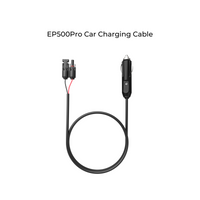
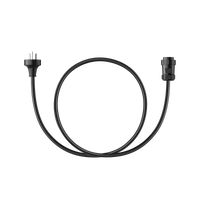
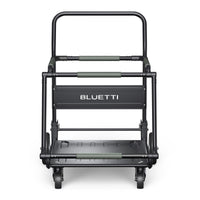
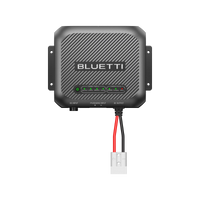
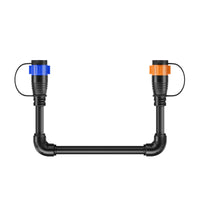



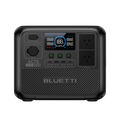
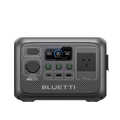



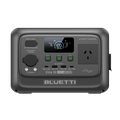
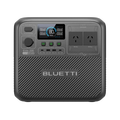
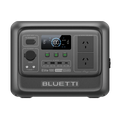
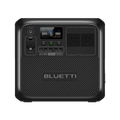

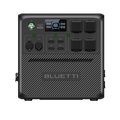
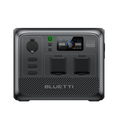
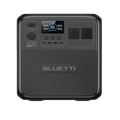


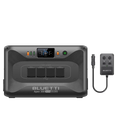

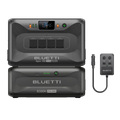
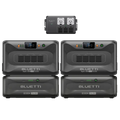




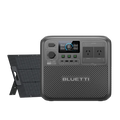
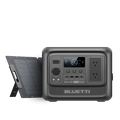
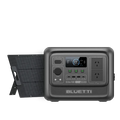
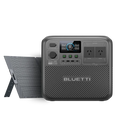
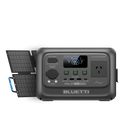
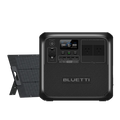
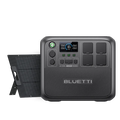
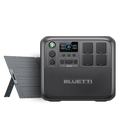




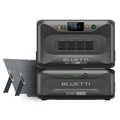
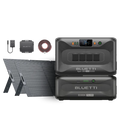
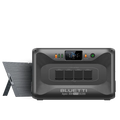
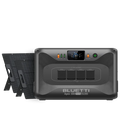
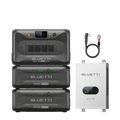

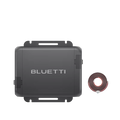
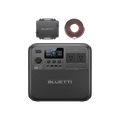
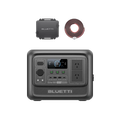
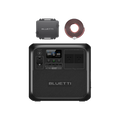
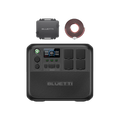
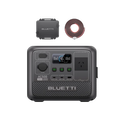
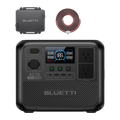


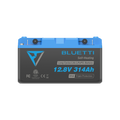



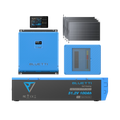
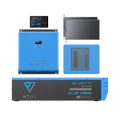

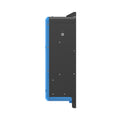




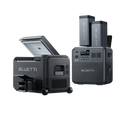
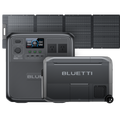
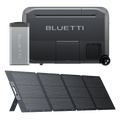
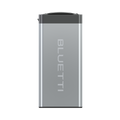
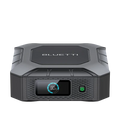
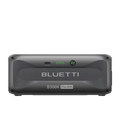

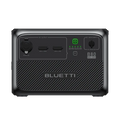
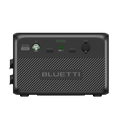
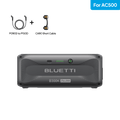
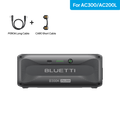
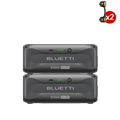
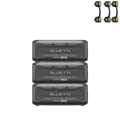




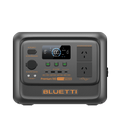
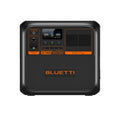

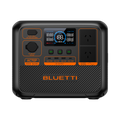
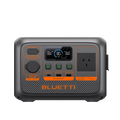
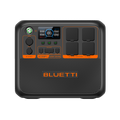
![[Phased Out] BLUETTI B80P Expansion Battery | 806Wh](http://www.bluettipower.com.au/cdn/shop/files/202310025B80P_2000-2000px_4_4caa0c1c-4dab-4272-9e9b-2b7507e5bd81.jpg?v=1713777870&width=120)
![[Phased Out] BLUETTI B210P Expansion Battery | 2,150Wh](http://www.bluettipower.com.au/cdn/shop/files/2_08cf9ef3-03a4-4489-b641-d3edb8094896.webp?v=1716016566&width=120)

